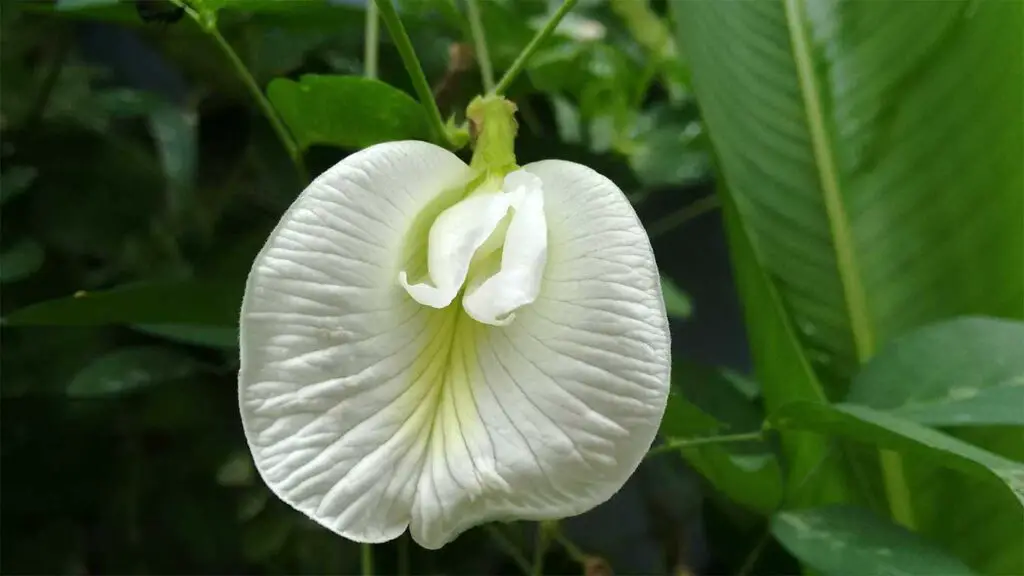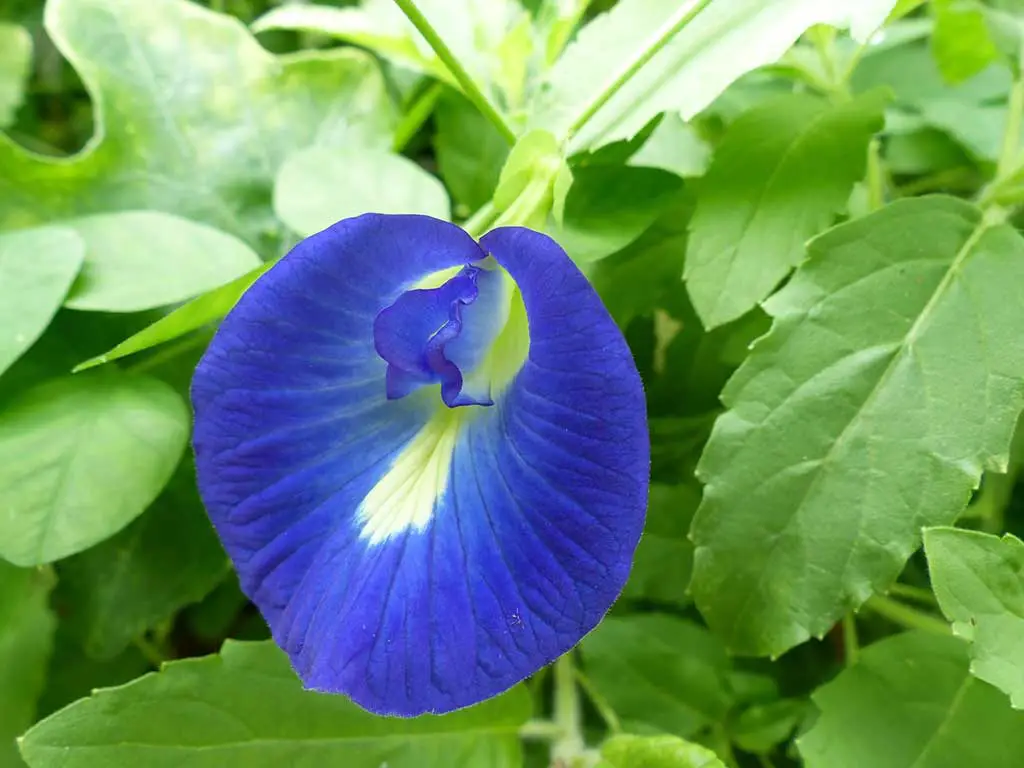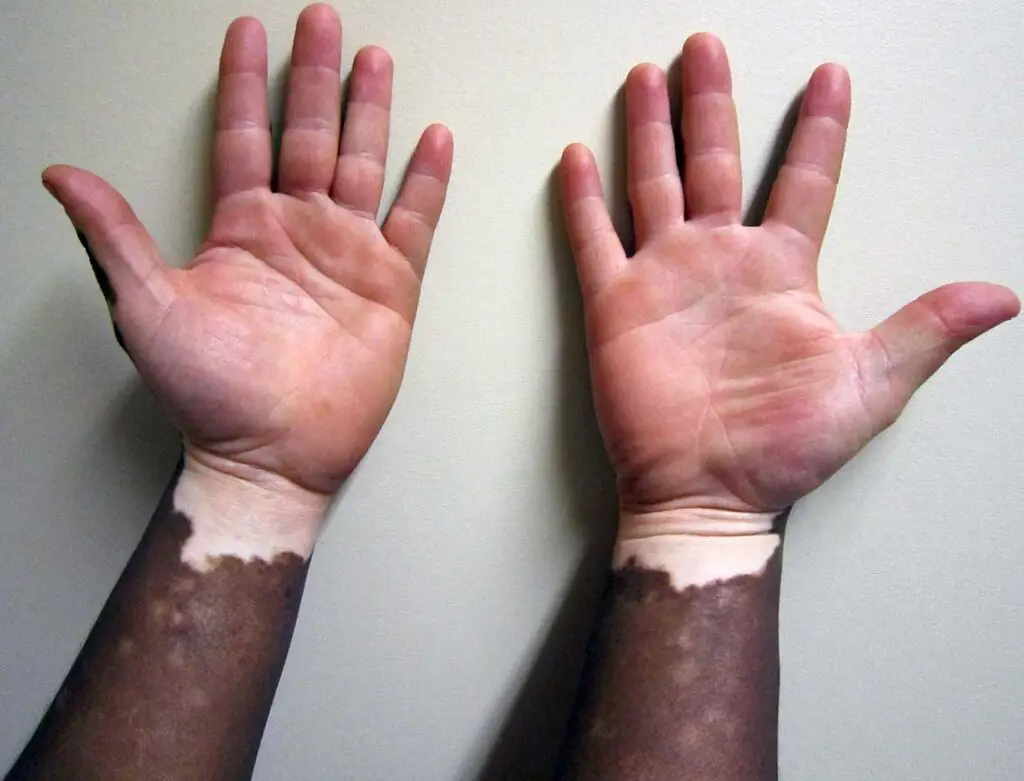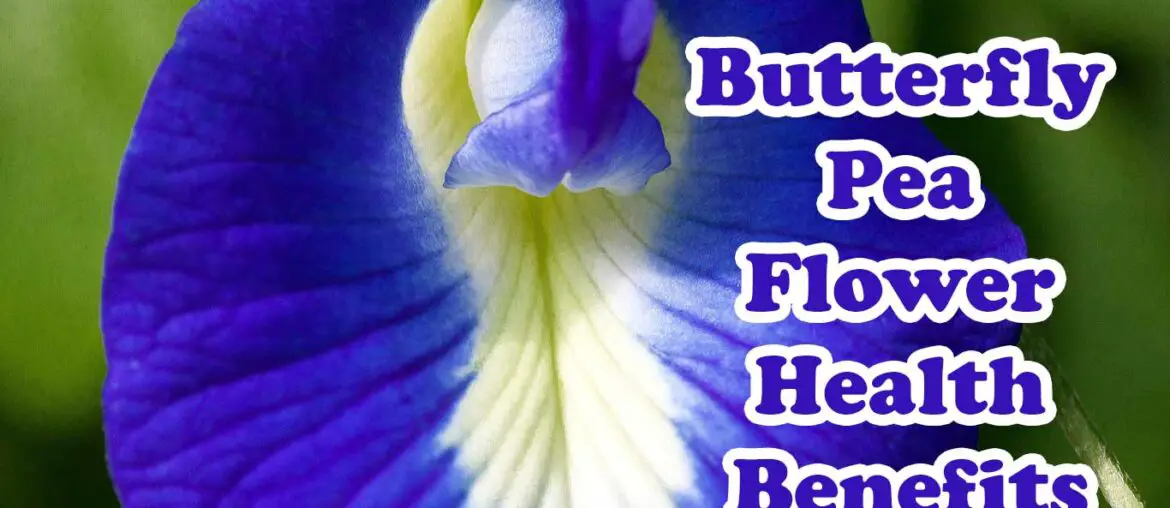Butterfly pea is one of the most widely used flowers in Asia home gardening. The garden itself can be a beautiful attraction as the vines are filled with butterfly pea flowers. Although this butterfly pea plant is grown in backyards, not everyone knows its medicinal value.
The butterfly pea is a valuable plant that has been used in medicine to treat many ailments. According to ancient doctors, even though society does not know it today, the butterfly pea is a great medicine that cures many diseases.
Butterfly peas are generally divided into two types. The two varieties are the blue-flowered butterfly pea and the white-flowered butterfly pea. Butterfly pea, also known as Aparijitha, Girikardhaka, and Ge Kurani in Ayurveda, is not a new plant in Ayurveda. This medicine has been used extensively in the past to cure many ailments.

Credits
The basic books of Ayurveda, such as the Charaka Sanhita, the Sushratha Sanhita, and the Ashtangaharuda Sanhita, mention this herbal medicine. According to ancient physicians, it was the most valuable medicine for treating common ailments such as anemia, flatulence, and inflammation.
According to the Sushruta code, butterfly pea is a diuretic that can cure various diseases. Also, butterfly pea is known to be an anti-aging drug.

In the Ayurvedic section, it is said that this is also good for detoxifying the body, which belongs to the Varunadi Gana and Nyagrodhadi classes. According to it, butterfly pea also can use to cleanse the wounds of the body. This plant is classified as a vine in Ayurveda. There are small leaves. Flowers blue or white. This plant produces pods.
In some countries, immature pods are also used as curry. In countries like Burma, butterfly pea is fried in oil and eat like papadum. They are delicious and nutritious. The butterfly pea is a common legume in Asian countries like Sri Lanka, India, Burma, and Thailand. That is why the soil is fertile, where a bean plant grows. Therefore, butterfly pea is a plant that fertilizes the soil.
Health benefits of butterfly pea
For the cough and mucus
The butterfly pea plant’s roots, flowers, leaves, bark, and seeds are used as medicine. Butterfly pea roots are very beneficial in diseases like cough, asthma, and the common cold. Dry and grind the butterfly pea roots (as a powder) and mix it with 1-3 grams per day in hot water and drink it. A few sips of medicine will cure the cough.
The boiled decoction of the five elements of the butterfly pea plant can also remove mucus from the body.
For the relieving stress
Butterfly pea is known to relieve stress. It has now been confirmed even at the research level. The sprouts are best for this. Taking this medicinal infusion as a daily drink will be a valuable medicine for your body.
In Ayurvedic medicine, butterfly pea medicine is used to treat ailments such as mania and rabies. Butterfly pea root extract also has the property of eliminating toxins in the body from insect and snake bites.
For the infertility of men and women
Butterfly pea extract is the best medicine to eliminate infertility in both men and women. Also, this extract is suitable for uterine diseases in women. Butterfly pea is an excellent remedy for internal ailments as well as external ailments. It is also a unique medicine to relieve pain, swelling, and bleeding.
For the hemorrhoids
Butterfly pea is also used as a decoction to treat hemorrhoids. Also, the whole plant can be ground into a paste and applied to the hemorrhoids to cure it quickly.
For the headaches
Butterfly pea is also known as a head laxative. For severe headaches, you can take a few drops of crushed butterfly pea leaves and pull them up your nose to get a quick cure.
For the thyroid disease
Also, to cure thyroid disease, add a little water to the white butterfly pea flowers, chop them and drink it. This white butterfly pea flower decoction is very good for thyroid disease.
For the digestive system
Butterfly pea is also good for the digestive system. It can even heal stomach ulcers. All you have to do is take the blue butterfly pea roots and peel them into a paste and eat it with honey and ghee. This is a valuable medicine for gastric diseases.
For the urinary tract infections
The decoction of the five components of the butterfly pea plant can cure all types of urinary tract infections, such as urinary tract infections, urinary stones, and urinary retention. In addition, it is beneficial to drink blue butterfly pea flower decoction in uterine diseases and menstrual cramps.
For the oral diseases
It is also beneficial to grind the leaves and apply them to the throat in case of throat infections. Also, butterfly pea roots are perfect for oral diseases. Moreover, butterfly pea is a good painkiller. Therefore, grind a few butterfly pea roots with pepper in case of a toothache and place them on the aching tooth. The toothache will disappear.
For the sweating profusely
We have seen that some people sweat profusely due to various weaknesses in the body. For those who suffer from such a problem, grind butterfly pea leaves and raw ginger together and eat them. Then, sweating begins to return to normal.
For the skin diseases
Butterfly pea is also perfect for skin diseases. Fry the butterfly pea seeds. Then crush them, mix with honey and drink about 5 to 10 grams twice a day. When a toxin enters the body, grind the butterfly pea root with lime juice, and drink the juice. It will quickly destroy the toxin.

Credits
Take butterfly pea roots, grate them, and squeeze the juice. Drinking It will help you to get rid of Vitiligo.
Also, if the roots of butterfly pea are dried, and smoked, it can cure skin diseases.







